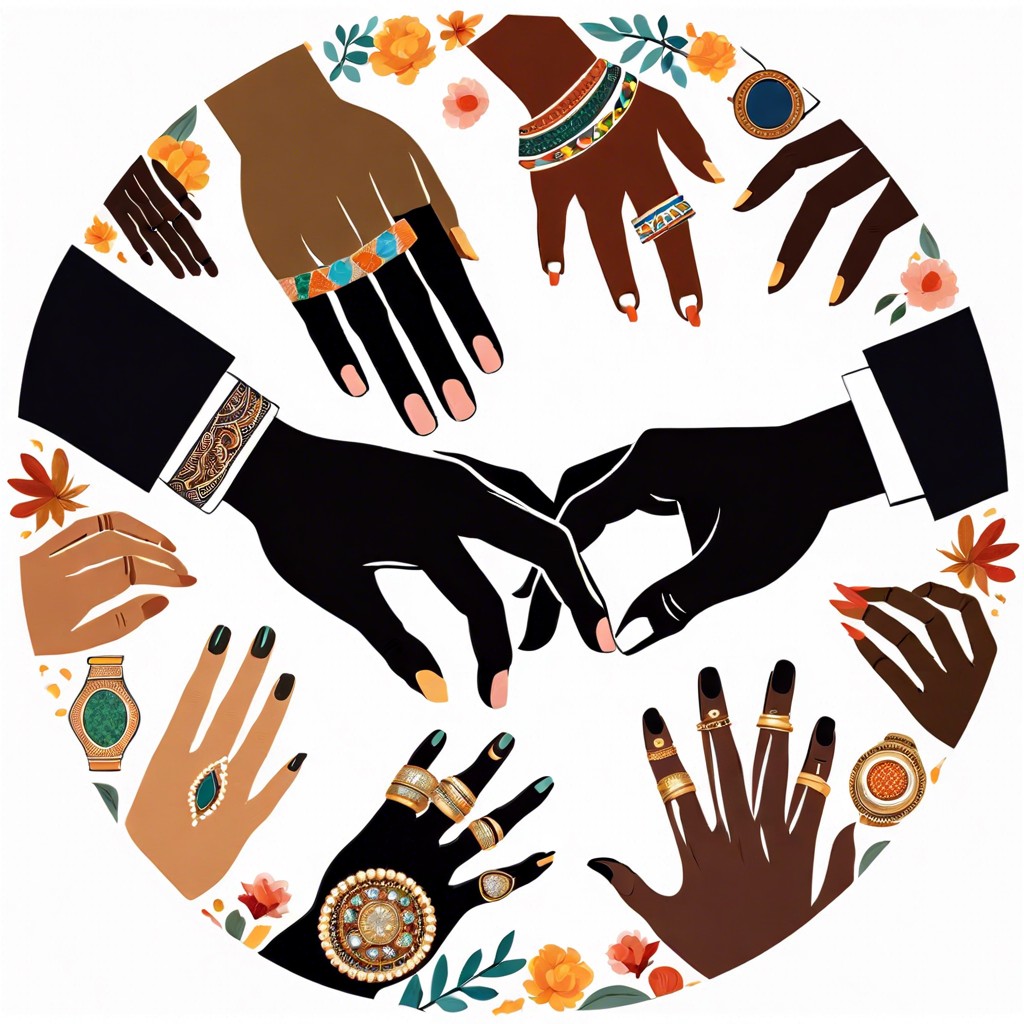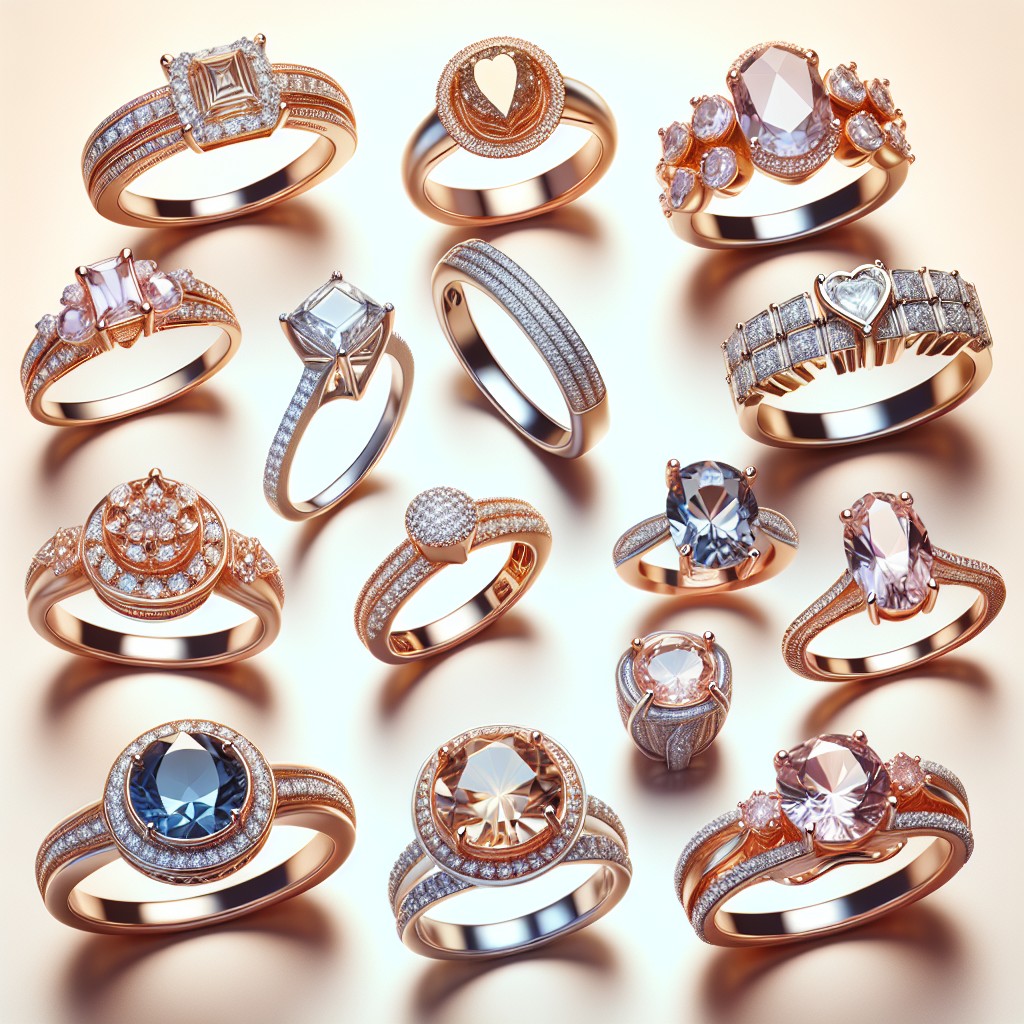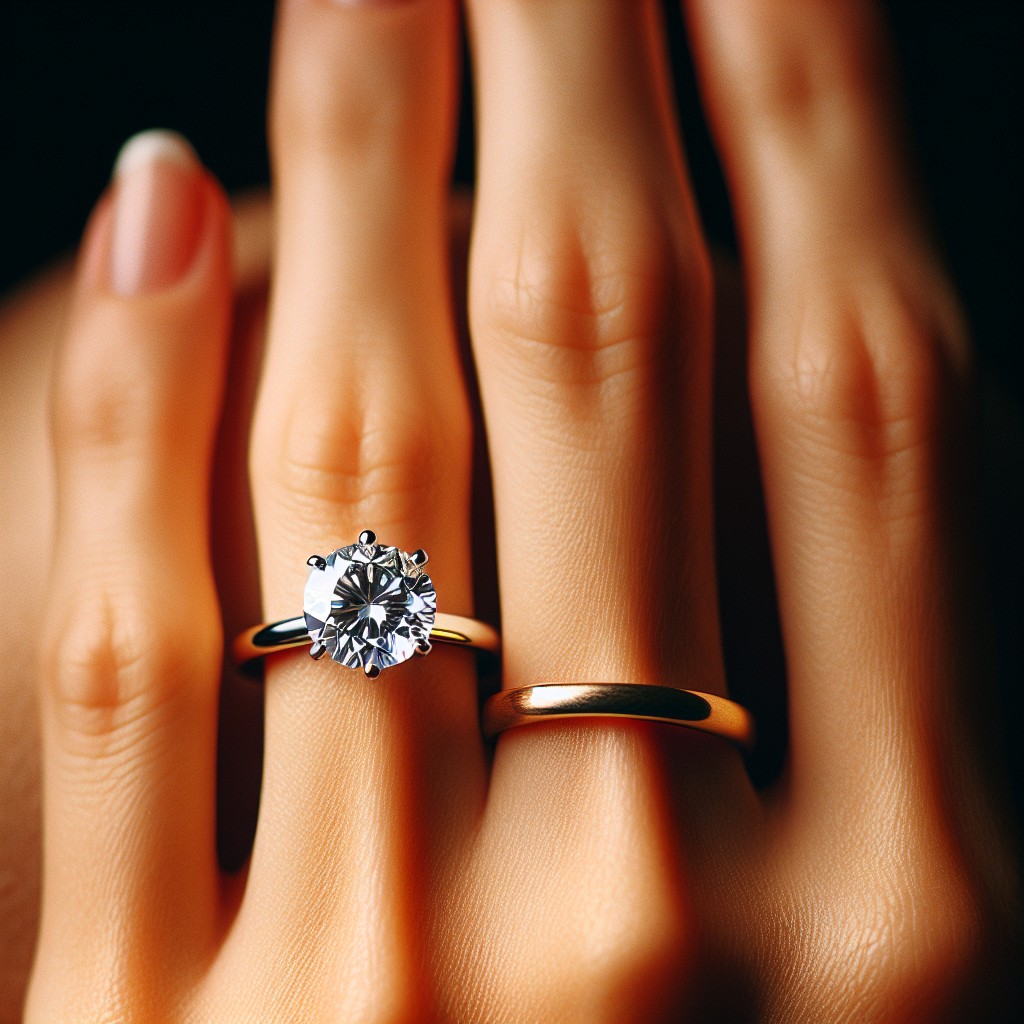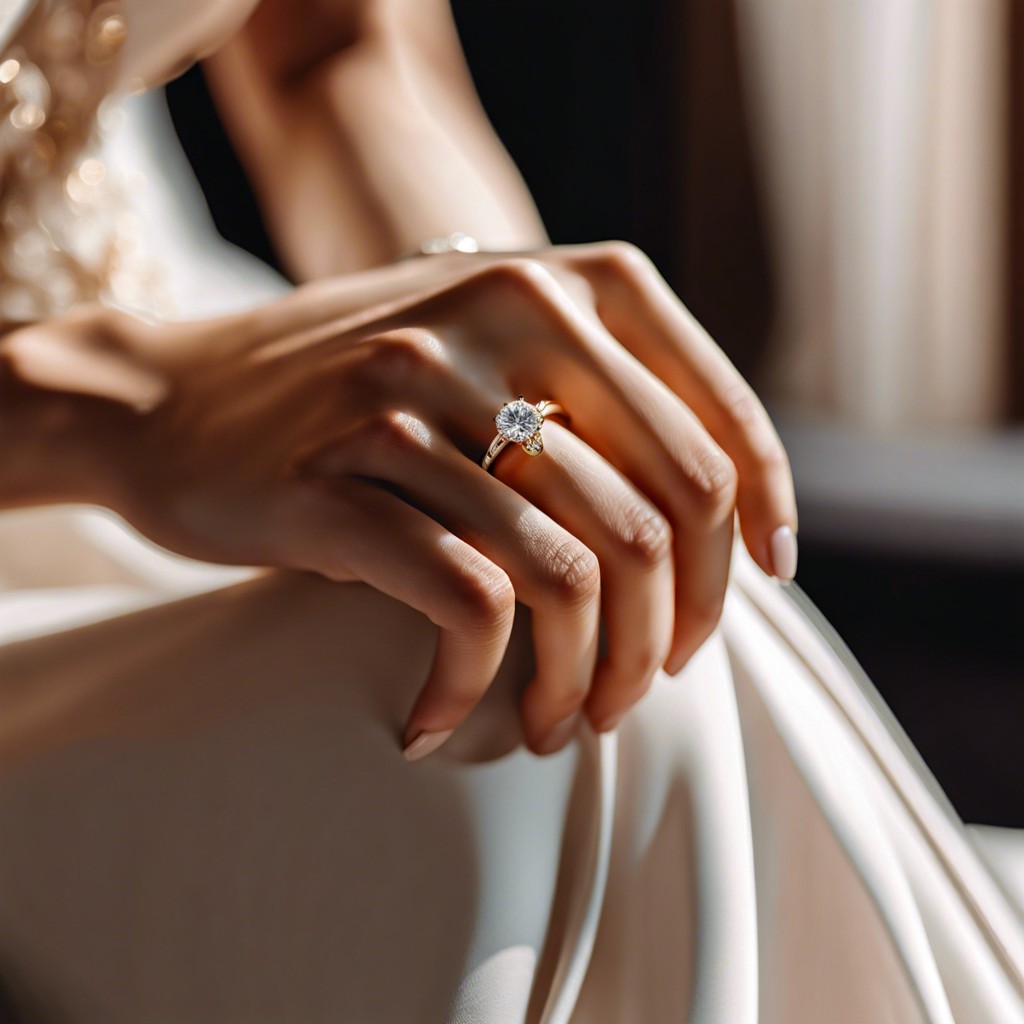Discover what factors influence the cost of wedding bands and how to find the best option to fit your budget.
Key takeaways:
- Wedding band cost can range from ,000 to ,000.
- Factors that influence cost include choice of metal, craftsmanship, and retailer reputation.
- Gold bands are classic and range from 0 to ,000, while platinum bands can go beyond ,000.
- Consider the weight and durability of metals like palladium, tungsten, and titanium.
- Carat weight of diamonds affects price, smaller diamonds can be more cost-effective.
Average Cost of a Wedding Band

When planning your special day, the harmony of your budget with your desires plays sweet music. Typically, couples can expect to shell out anywhere from $1,000 to $10,000 on their wedding bands. The variation is as broad as love’s expressions, largely influenced by the choice of materials and the mystique of market forces. Gold bands, a timeless classic, might set you back $500 to $1,000, while platinum, the heavyweight of prestige, may demand a leap to $2,000 or beyond. Those leaning toward the allure of diamonds or engravings will find their desires nudging the cost upward. Remember, it’s the symbol of your union that truly sparkles, not just the ring itself. Keep this in mind and let love, not just zeroes, fuel your decision.
Cost Factors To Consider
As you set the stage for your big day, factor in the metal type for your wedding band. Gold, whether white, yellow or rose, and platinum are popular, but prices vary dramatically. The heavier the carat weight, the more you might fork out. And don’t overlook the craftsmanship. Engravings and custom works can add up.
Consider the retailer’s reputation and service offerings as well. Local jewelers offer personalized service but may have higher price points. Online vendors boast a variety of choices with competitive pricing; however, factor in potential resizing or return costs.
Delve into the specifics of warranties and post-purchase services that might sway long-term value over upfront savings. An understanding of these elements will align your wedding band selection with your financial framework.
Metal
The choice of metal can dramatically shift the price needle of your wedding band. Think of gold, the go-to of love bands. It comes in various hues like white, yellow, and rose, and the price adjusts accordingly. A 14K option is more wallet-friendly than its 18K sibling, balancing durability with pure gold’s timeless appeal.
Platinum stands as the top-tier selection for its durability and rare status, but be prepared for its weight to reflect on the price tag, too. For a lighter touch on your finger and budget, consider palladium, which shares platinum’s silvery sheen but not its heftier cost.
Tungsten and titanium are the new kids on the block, wooing couples with their modern vibe and friendlier price points. They’re sturdy contenders, resisting scratches and dents while guaranteeing savings for future marital bliss.
Remember, the metal you slip onto your finger is more than just adornment; it’s a symbol of your love built to last—choose one that suits your style, withstands daily wear, and aligns with your financial harmony.
Carat Weight
Oh, the allure of diamonds and the tales they could tell if only they sparkled their secrets. But amidst their glittering charm lies a truth as old as time: Weight equals wallet whispers. You see, carat weight, that’s the measure of a diamond’s mass, plays a hefty role in the price of your wedding band.
Picture this: one carat weighs about the same as a small paper clip. Sounds tiny, right? But here’s where size can be deceiving. As carat weight increases, so does the rarity of that gem – and up shoots the price, sometimes exponentially.
Let’s break it down. A band with a sprinkle of small diamonds, say around 0.25 carats, won’t ask for as big a chunk of your wedding fund as a 1-carat stunner. It’s all about scaling: the bigger the bling, the more it sings – to the tune of higher costs.
Moreover, it’s not all about carat count but the overall impact. A cluster of diminutive diamonds might share the same carat weight as a single large stone, yet often, they can come at a less stratospheric expense. Small wonders do indeed light up a ring, without dimming your finance.
Remember, everyone’s got a stone that sings their style; find the weight that won’t weigh down your joy, and keeps the sparkle in your eye – not just on your finger. Consider a balance between the twinkle you desire and the pennies you’ll part with. After all, a happy wallet makes for a happier ‘I do.’
Retailer
Selecting the right jeweler can significantly impact your wallet when it comes to your wedding band’s final price tag. It’s not just about walking into a store and picking a ring; several factors come into play.
High-end boutiques may offer exclusive designs but expect to pay a premium for the branding and experience. For a more budget-friendly option, consider independent jewelers who often provide comparable quality at a more accessible price point.
Online retailers are another avenue that can offer competitive prices due to lower overhead costs. They typically provide a broad range of options and sometimes even customization services at a fraction of the brick-and-mortar store cost. However, be sure to vet any online vendor thoroughly; examining customer reviews and return policies is key.
Timing can also affect pricing. Shopping during sales seasons or capitalizing on discounts for first-time buyers can lead to significant savings. Keep an eye out for promotions and don’t hesitate to ask about upcoming sales.
Finally, the level of customer service varies greatly among retailers. Spending a significant amount on a ring often includes expectations of stellar service and warranties. Check what after-sales support is available; some offer free cleanings, resizing, or even loss protection plans that can save you down the line.
Keep reading:





